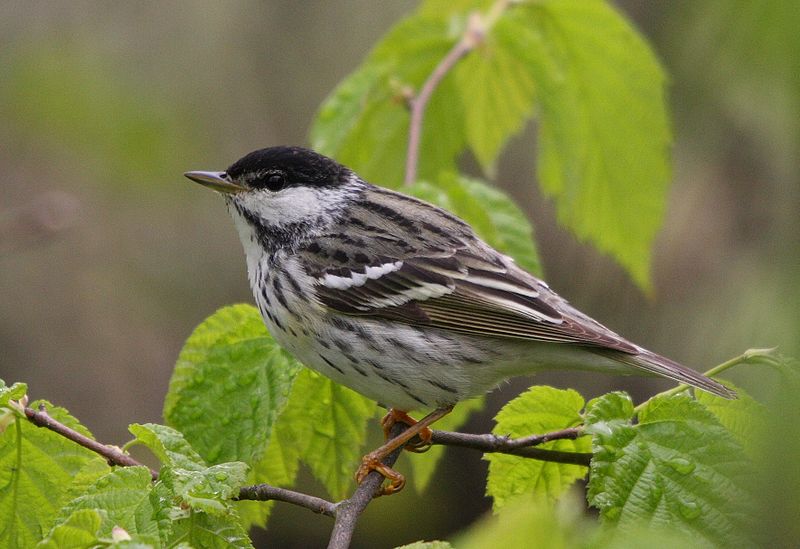
Imagine taking trip that requires you to run for three or four days nonstop. That means no stopping, no eating, no sleeping. For humans, that trip is an impossibility. But for one tiny bird, that trip is a reality each spring.
For a long time, the small Blackpoll Warbler has vexed ornithologists, who wondered how the forest songbird made its way from eastern Canada or the northeastern parts of the United States to South America.
So researchers strapped a harness with a miniature geolocator the size of a dime to the birds’ back and waited for the findings.
They found the warbler makes a nonstop journey over the Atlantic Ocean all the way to the Caribbean and then to South America.
Here’s a quote in CBSNews from one of the researchers:
“We’re really excited to report that this is one of the longest nonstop overwater flights ever recorded for a songbird, and finally confirms what has long been believed to be one of the most extraordinary migratory feats on the planet,” said Bill DeLuca, an environmental conservation research fellow at the University of Massachusetts Amherst who authored the study with colleagues at the University of Guelph, Ontario, the Vermont Center for Ecostudies and other institutions.
To be clear, the Blackpoll Warbler doesn’t make the longest or farthest journey of any bird (Northern Wheatears can migrate about 9,000 miles one way), but the journey is next to impossible for its size.
To prepare for migration, the Blackpoll Warblers gorge on insects to build up their energy (some even double in weight), and they absorb their intestines to shed some weight.
Scientists still aren’t sure why they make this trip over the water instead of going by land, but some of the reasons might include fewer predators and less danger of colliding with buildings or cars.
While this is a fantastic find, the Blackpoll Warbler has seen a decline in populations over the years. Knowing exactly where the birds migrate may help figure out whether the issues affecting the birds are in North or South America.




Comments are closed.